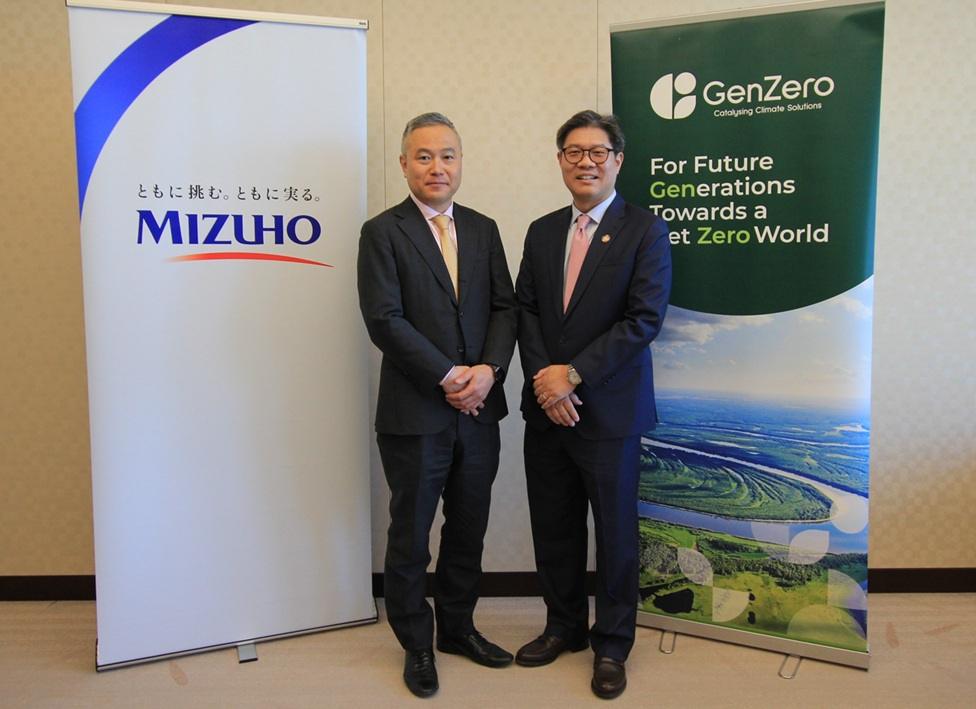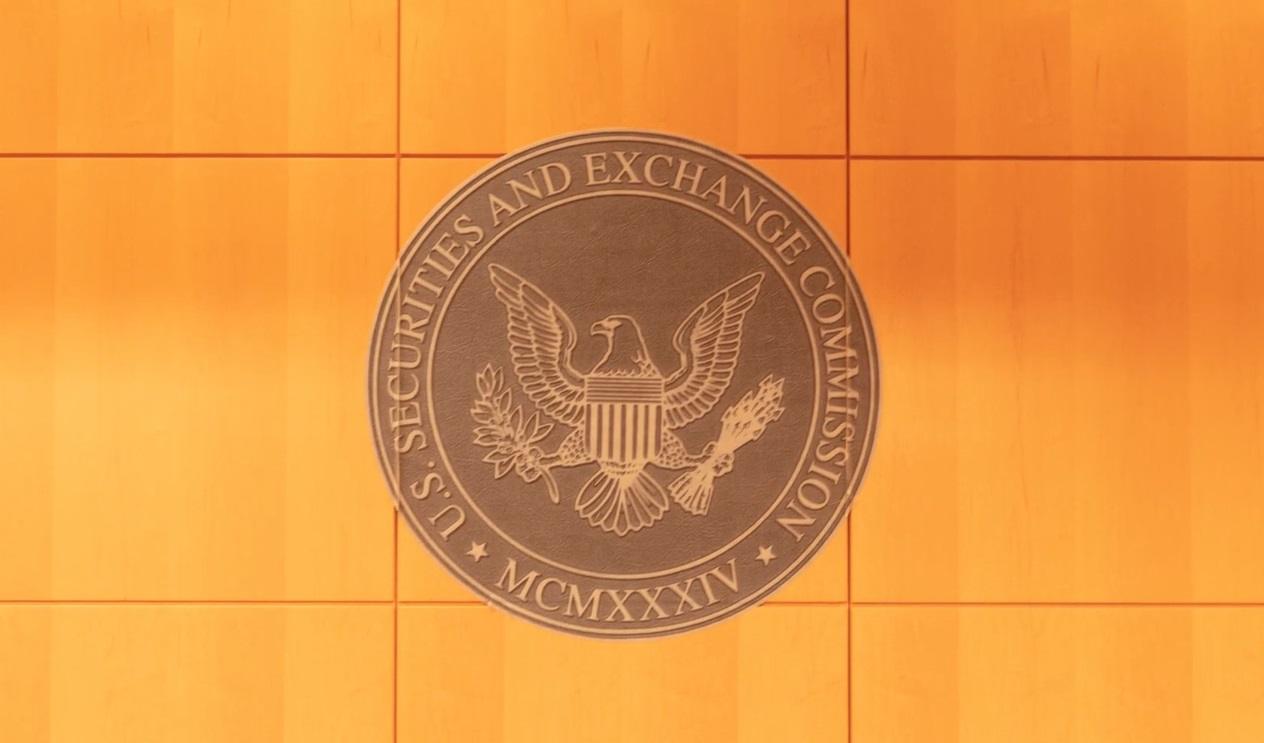ESMA Recommends Sustainability Disclosure Requirements for All Financial Products
EU markets regulator the European Securities and Markets Authority (ESMA) announced the publication of its “Opinion on the Sustainable Finance Regulatory Framework,” setting out a series of key recommendations aimed at facilitating investor access to sustainable investments and supporting the financing of the transition to a sustainable economy, including implementing requirements for basic sustainability disclosures for all financial products, regulating ESG data products, and establishing categories for sustainable and transition investment products.
ESMA’s recommendations follow the launch last year by the European Commission of a comprehensive review of the Sustainable Finance Disclosure Regulation (SFDR) framework, as well as a request in 2022 by the Commission for input from the European Supervisory Authorities (ESAs) on greenwashing and its related risks in the financial sector, and on the supervisory actions taken and challenges faced to address those risks.
In the publication, ESMA acknowledged that “considerable progress has been achieved in building the EU Sustainable Finance regulatory framework” already, but noted that their remains further room for the evolution and maturation of the framework, with its recommendations setting out long-term improvements to that end.
One of the key recommendations provided by ESMA was for the implementation of minimum sustainability disclosure requirements for all financial products, including those that do not have stated sustainability ambitions, which the regulator said would serve to “improve transparency and facilitate comparability between financial products,” as well as to allow “comparability between products with an ESG objective, products with smaller ambition and products without such ambitions.”
ESMA noted that the minimum disclosures could consist of a small number of sustainability metrics in the form of KPIs covering basic environmental and social indicators, such as greenhouse gas emissions, impact on biodiversity, human rights, labor rights, and Taxonomy-alignment.
ESMA’s opinion also noted that while new regulations such as the CSRD will help enhance transparency on sustainability issues for investors, market participants will continue to rely on ESG data providers for information, particularly for companies not in the scope of the CSRD, leading to a need to ensure the quality of ESG data products. The regulator recommended bringing ESG data products “into the regulatory perimeter” in order to ensure that data is reliable and comparable, with the regulatory regime defining the duties and responsibilities of ESG data providers, and setting out disclosure, conflict of interest and quality requirements.
The regulator also provided a series of recommendations aimed at enabling the supervisory framework to help support the transition to a sustainable economy, “having in mind that transition is a key element to meet the objective of the EU Green Deal.” Recommendations included having companies provide information on the share of revenue and capital expenditure associated with harmful activities that are in a transition trajectory or are decommissioning, and incorporating a definition of transition investments into the framework to help support the creation of transition-related products, as well as creating EU labels for “transition bonds,” based on the recent adoption of the EU Green Bond Standard.
ESMA also recommended the establishment of a product categorization system for sustainable and transition investments, to help investors understand financial products’ sustainability characteristics and simplify product selection. Key parts of the recommended categorization system would include science-based and measurable eligibility criteria for each category, and transparency obligations that will apply to the products.
The document also includes recommendations aimed at establishing the EU Taxonomy as the sole reference point to be used to assess and measure sustainability performance, noting that the SFDR – which predates the Taxonomy – provides its own, more flexible, definition of sustainable investments. In order to establish its central role, ESMA recommended completing the Taxonomy to cover all the economic activities that could substantially contribute to the EU environmental objectives, be extended to cover transition activities, and that a social taxonomy be developed.
ESMA said:
“ESMA believes that the SFDR approach of defining environmental sustainability should be phased out in due course as the EU Taxonomy is being completed.”
Click here to access the ESMA recommendations.





